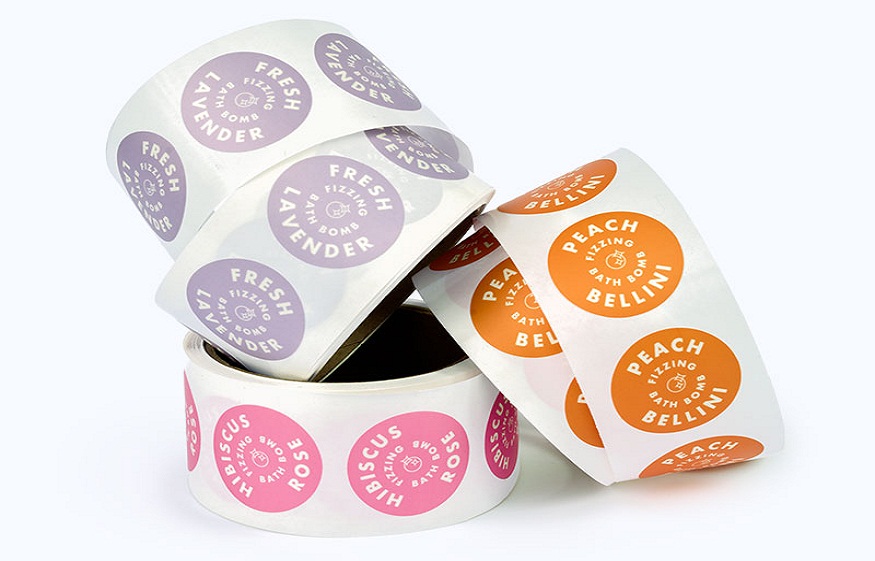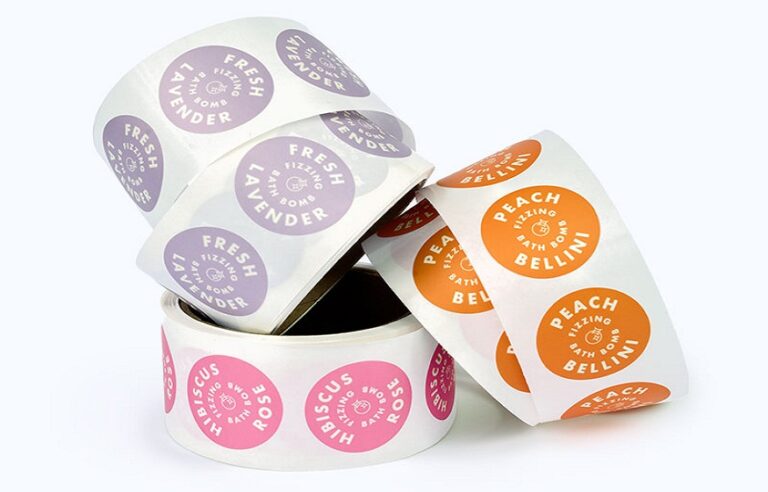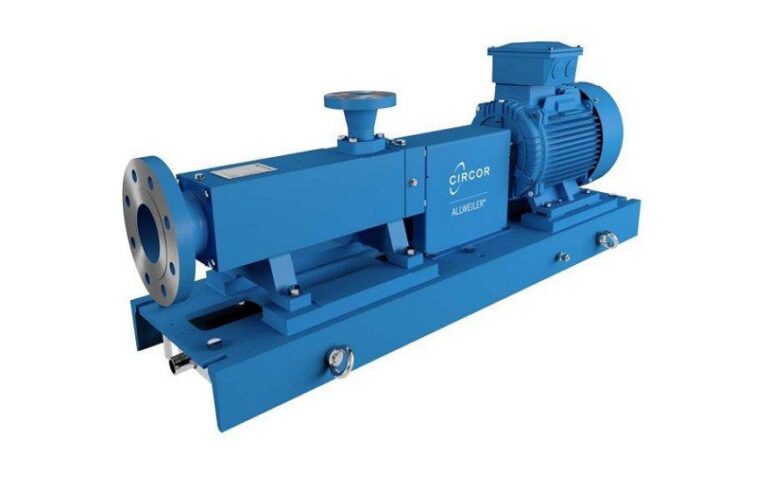In today’s food industry, packaging plays a crucial role not only in preserving the product but also in marketing and branding. One of the most significant components of packaging is the label, which provides essential information about the product. Labels for packaging food products are essential for communication between the producer and the consumer. In this article, we will explore the various aspects of food packaging labels, the role of a food service label maker, and the significance of stickers printing.
1. Why Labels for Packaging Food Products Matter
Labels for packaging food products serve multiple purposes, and their importance cannot be overstated. These labels are not merely decorative elements; they provide crucial information that influences consumer purchasing decisions. Here are some key reasons why labels are so important in the food industry:
1. Compliance with Regulations
The food industry is heavily regulated to ensure the safety and well-being of consumers. Labels are a legal requirement in most countries and must meet specific standards. These regulations cover a range of information, including:
- Nutritional Information: Ingredients, calorie count, fats, proteins, and other essential nutritional facts are required on food product labels.
- Allergen Warnings: Labels must indicate if the product contains common allergens, such as peanuts, milk, or gluten.
- Expiration Date: The “use by” or “best before” dates must be clearly printed.
- Country of Origin: Depending on the country, food packaging must indicate where the product was produced or sourced.
Failure to comply with these regulations can result in legal issues and harm to the brand’s reputation.
2. Brand Identity and Marketing
Labels for packaging food products are also a vital aspect of branding. A well-designed label can help a product stand out on the shelves, catching the attention of potential customers. Color, typography, and graphics on the label are elements that contribute to a product’s visual appeal. Consumers are more likely to trust and purchase products with professional, eye-catching labels that convey quality and reliability.
Moreover, labels also serve as a storytelling tool. The label can communicate the brand’s values, such as sustainability, organic sourcing, or commitment to health, which helps to foster a connection with the target audience.
3. Providing Information for Consumers
Labels not only serve as a marketing tool but also provide essential information that consumers rely on to make informed purchasing decisions. Apart from nutritional details, labels often include instructions for storage, preparation methods, serving sizes, and any potential health benefits. In many cases, consumers actively seek this information, especially those with dietary restrictions, allergies, or health-conscious preferences.
2. The Role of a Food Service Label Maker
Creating labels for packaging food products involves precision and care. A food service label maker plays a crucial role in producing high-quality, accurate, and durable labels for food packaging. These professionals are responsible for designing and printing labels that meet the required standards and help businesses present their products in the best light.
Here are some key tasks that a food service label maker typically handles:
1. Custom Label Design
A food service label maker works closely with clients to create customized labels tailored to the specific product. This can involve choosing the right colors, fonts, and materials to match the brand identity and product type. The design process ensures that the label will stand out on the shelf while also conveying the necessary product information.
2. Printing and Production
Once the label design is finalized, the food service label maker is responsible for printing the labels in bulk. This process requires careful attention to detail to ensure that the text is legible, the colors are accurate, and the labels adhere to all industry standards.
Using specialized printing techniques and high-quality materials, a food service label maker ensures that the labels are durable, resistant to moisture, and able to withstand the various conditions of the food supply chain. The quality of printing is critical, as it impacts how well the label will last on the shelf and whether it will remain readable until the consumer uses the product.
3. Compliance Assurance
Food service label makers are often well-versed in the legal and regulatory requirements surrounding food packaging. They help ensure that the labels comply with local and international food safety standards, including ingredient listings, allergen information, and nutritional facts. A good food service label maker will stay up-to-date with changes in regulations to ensure that the labels they produce are always in compliance.
4. Material Selection
Choosing the right label material is crucial to the durability and functionality of the packaging. A food service label maker will help select the most suitable material for the product, considering factors such as exposure to moisture, refrigeration, or sunlight. For example, a product that will be stored in a cold environment requires a label material that can withstand freezing temperatures without peeling off or becoming illegible.
3. Stickers Printing: An Integral Part of Packaging
Another vital component of modern food packaging is stickers printing, which can complement or even replace traditional labels in some cases. Stickers are versatile, cost-effective, and can be used in a variety of ways to enhance product packaging. Let’s look at why sticker printing is becoming increasingly popular in the food industry:
1. Customization and Versatility
Stickers can be designed to meet a wide range of needs, from small product labels to larger promotional stickers. They can be used to display essential information, branding, or even offer special promotions. Stickers offer the flexibility to print in different shapes, sizes, and designs, which makes them suitable for a variety of food packaging types, including jars, bags, bottles, and cans.
Stickers can be easily applied to packaging, making them an ideal choice for companies looking for cost-effective labeling solutions. Moreover, since stickers can be designed in any shape, they allow for creative branding options that help products stand out.
2. Cost-Effectiveness
Stickers are generally less expensive to produce than traditional labels, making them an attractive option for small businesses or those looking to reduce costs. Sticker printing allows for lower upfront costs, particularly for limited runs or seasonal products. Since stickers are often printed in bulk, businesses can save money by purchasing larger quantities at a time.
Additionally, stickers are easy to apply, and businesses can streamline the packaging process, reducing labor costs associated with hand-labeling products.
3. Brand Promotion and Customization
Stickers allow for more dynamic promotional efforts. For example, food brands can include QR codes or website links on their stickers, encouraging consumers to interact with the brand through digital means. Stickers are also great for seasonal or limited-time offers, as they can be easily printed and added to packaging for special promotions.
Moreover, stickers offer endless design possibilities, allowing brands to experiment with different visual styles to attract attention. By incorporating bold fonts, bright colors, or unique shapes, food products can create a memorable and distinctive appearance on store shelves.
4. Durability and Longevity
Modern stickers are made from high-quality materials that ensure durability and long-lasting performance. Whether a food product is stored in the freezer, fridge, or on a shelf, stickers can withstand varying environmental conditions. Advances in sticker printing technology have led to the development of waterproof, tear-resistant, and fade-resistant materials, making them ideal for food packaging.
Stickers can maintain their appearance and legibility for extended periods, ensuring that consumers can easily read the product information until it is consumed.
4. Conclusion
Labels for packaging food products are an integral part of the food industry, serving multiple functions, from legal compliance to marketing and consumer communication. The role of a food service label maker is indispensable in ensuring that these labels are well-designed, functional, and compliant with industry regulations. Similarly, stickers printing offers a cost-effective and customizable solution for labeling that is increasingly popular in the food packaging industry.
In an ever-evolving market, brands must invest in high-quality labels and packaging solutions that resonate with consumers and comply with food safety standards. With the right labels, food products can stand out, inform consumers, and build lasting brand loyalty.












+ There are no comments
Add yours